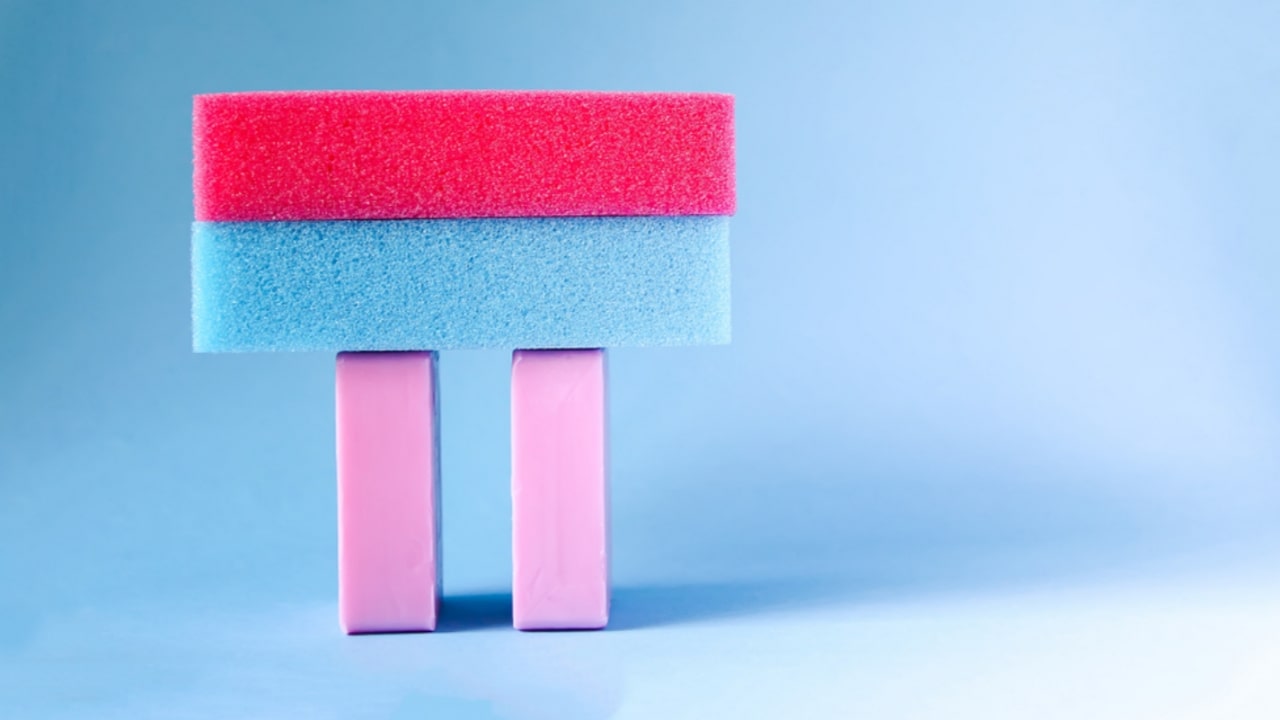Syndet Bar: While soap has long been the only cleansing agent, a new generation of cleansers, the so-called synthetic detergents or syndets, has been developed during the last decades. They offer a wide variety of formulations and are therefore becoming more and more important for cleansing diseased and healthy skin. Among the syndets, especially those with a pH of about 5.5 seem to be relevant. In contrast to alkaline soap, they do not interfere with the cutaneous microflora, whose composition is linked to the skin surface pH. As their irritancy potential might be even lower than that of soap, the benefit-to-risk ratio of syndets appears favorable.
The word “syndet” is derived from “synthetic” combined with “detergent”. Technically it refers to the binding that occurs between different detergents, also called surfactants or tensioactive agents. These detergents, which have an affinity for oils and repel water, surround dirt with small structures that are then removed by water. From a technical viewpoint, syndets have other advantages over soap, such as the fact that they admit the possibility of using additives (colorants and fragrances) that are not suitable for soaps due to the high pH environment. Syndet soap bars are often marketed as “cleansing bars” or “dermatological bars” companies will use the term “soap-free” or “soaps without soap.” This can cause confusion although in a sense are correct.
The vast majority of products available in the market today are syndets. Handmade soap itself has been relegated to the traditional crafts sector – a memory of a time when cosmetics were not widely used and when people used the same soap for their bodies and their clothes often made in small batches at home. There is, however, popular demand for natural soap (vegetable) where oils are used as people slowly move away from chemicals, chemical processes, and the surfactants widely used.
Syndet Constitution
Syndet bars are made using blends of synthetic surfactants derived from oils, fats, or petroleum products that are processed in a wide range of chemical processes other than traditional saponification. These synthetic surfactants make syndet bars the mildest personal cleansing bars, often pH neutral these soap bases produce cleansing and mild soap bars. The most famous and first syndet soap bar was Dove® – launched in 1955. Common ingredients found in syndet bars include: Soap of fatty acids, fatty acid ester sulphonates, Fatty alkanol amides, Fatty alcohol ethoxylates, sarcosinates, taurids, fatty isothiocyanates, alcohol sulfates, and betaines. One or more of the listed surfactants confirming the relevant Indian standards can be used. In addition to surfactants and perfume, the bathing bar may contain other ingredients such as electrolytes, bar structuring and processing aids, coloring matter, permitted antioxidants, preservatives, permissible germicides super-fatting agents, humectants, and such additional substances that are declared on the label. All ingredients except moisture should be declared. All of them should be non-injurious to the skin.
Make sure you also check our other amazing Article on : Bathing Bars
